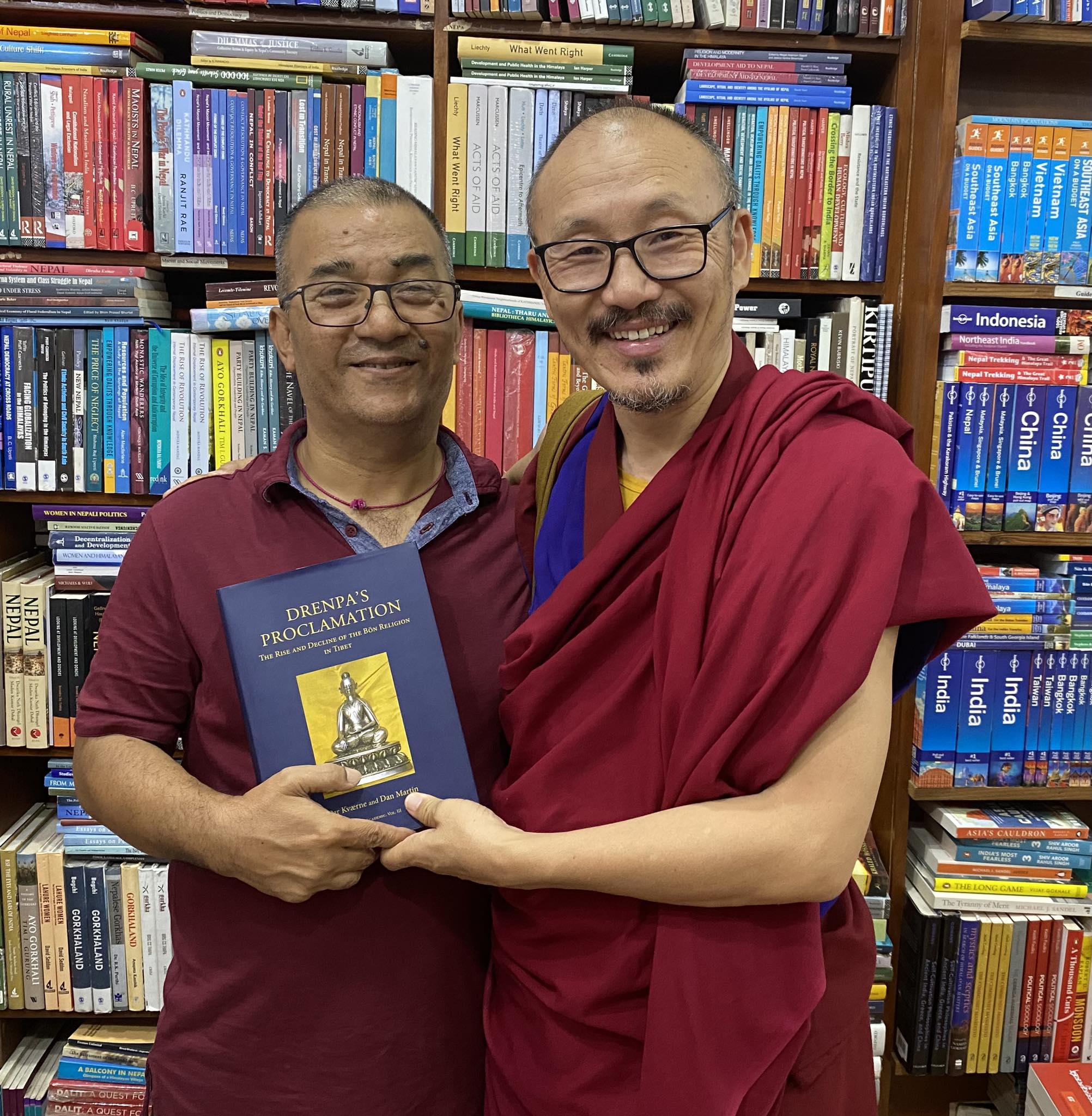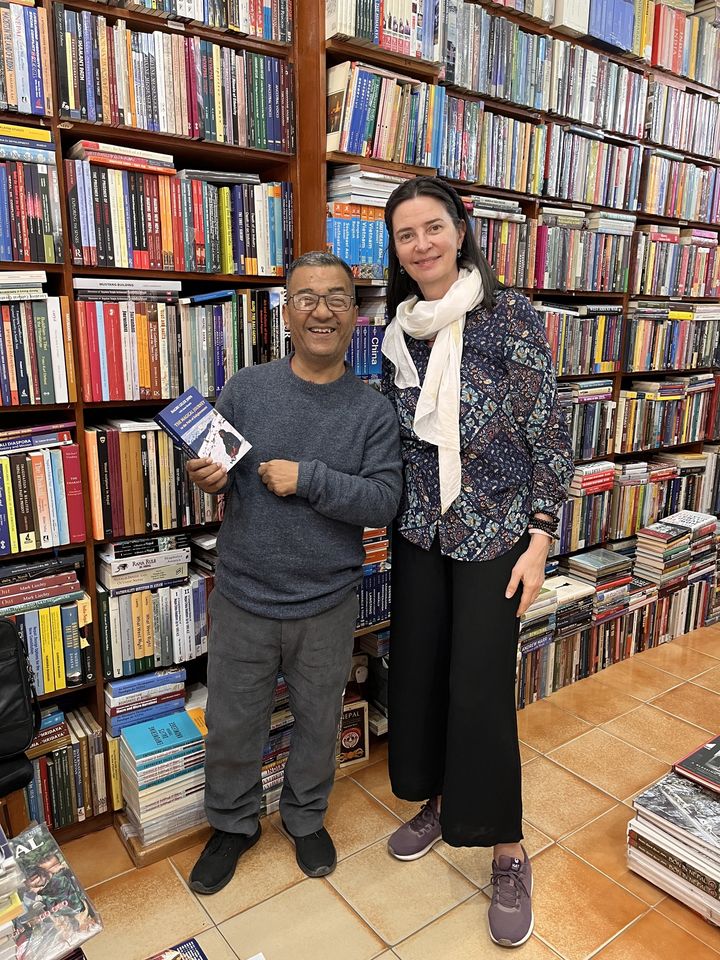Bon is popular, the time for expansion has come, the owner of Vajra Books says
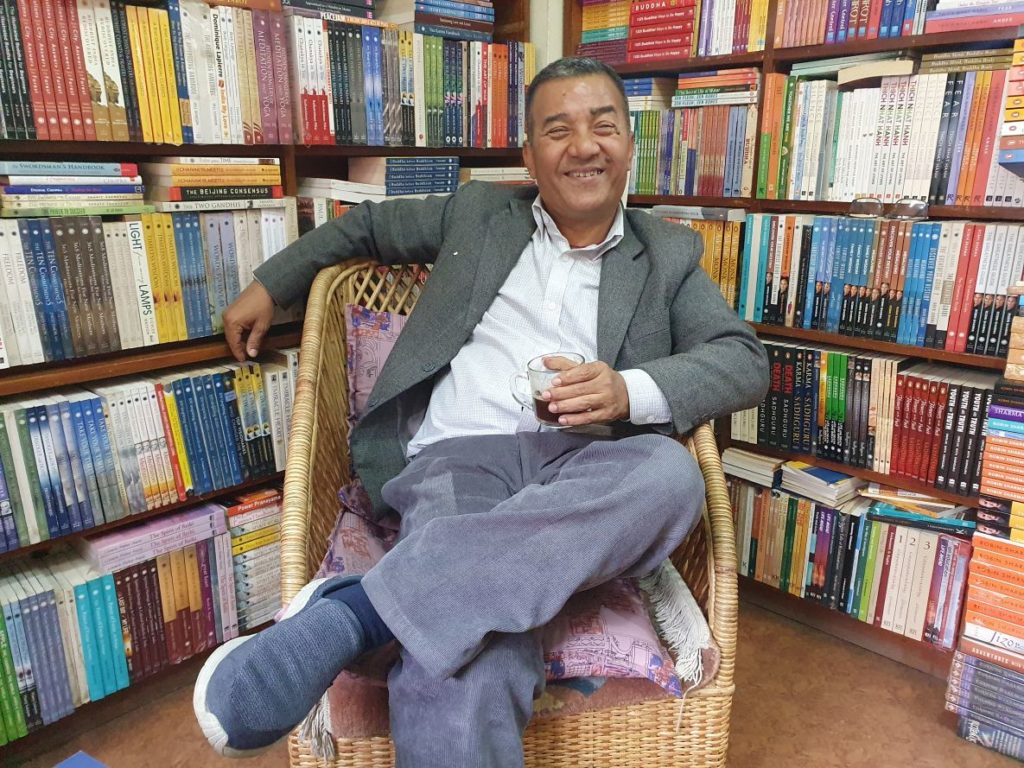
Vajra Books, a publishing house and a bookstore with the same name, both located in Kathmandu, are an important reference point for readers interested in Buddhism and the Himalayan culture, including Bon. “I decided to put books about Bon at the top of the list,” Bidur Dangol, the owner of Vajra Books, says.
Many people from our community come to your bookstore, Vajra Books, to buy books about Bon and not only Bon. And your publishing house has released quite a few titles related to Bon. How many, to be precise?
In total, our production counts approximately 300 titles until now, and 30 of them are about Bon. We have just published Drenpa´s Proclamation, The Rise and Decline of the Bon religion in Tibet by Per Kvaerne and Dan Martin. I think it’s a very important book. I invest lots of money in such books as I really want to publish them. It was released in our new book series, Vajra Academic, as its third volume. I started Varja Academic during the lockdown. It was not easy, but it has been worth all the effort. I am grateful to Roberto Vitaly who has encouraged me in many ways to go this way.
Has the market been changing, for Bon literature?
In the last twenty years, knowledge of Bon has spread a lot. Now books about Bon are popular. Bon is being researched as a part of cultural heritage. It was different even just twenty-five years ago, when I started publishing books about Bon, it was still a taboo among many Tibetans. It was seen as something external and hostile to their tradition.
I had very good connections with researchers, such as Samten Karmey and Charles Ramble, also John Vincent Bellezza, and I saw them as very serious people; so I did not have any prejudice against Bon. On the contrary, I promoted it. Now there are more and more readers interested in it. The market for Bon books has increased. There is lots of curiosity about Bon these days..
And I am also perceived as the one who knows what is going on in the Bon community and somehow connected to it. People even come by and ask me how to get to the Triten Norbutse monastery!
In 2005 you published The Oral Tradition from Zhang-Zhung by John Reynolds. This book is a very valued source of information for many Western Bon practitioners.
I am not a practitioner, but at that time and on the occasion of publishing it, I went to meet Lopon Tenzin Namdak Rinpoche to receive his blessings. I did not know anybody in the monastery, so I felt a bit shy, but it was a very nice meeting. Lopon offered me a coffee and cookies and said he knew me already. “Many people speak about you, Bidur,” he told me. I felt very blessed. And I told him: “I will put books about Bon at the top, giving them a priority.”
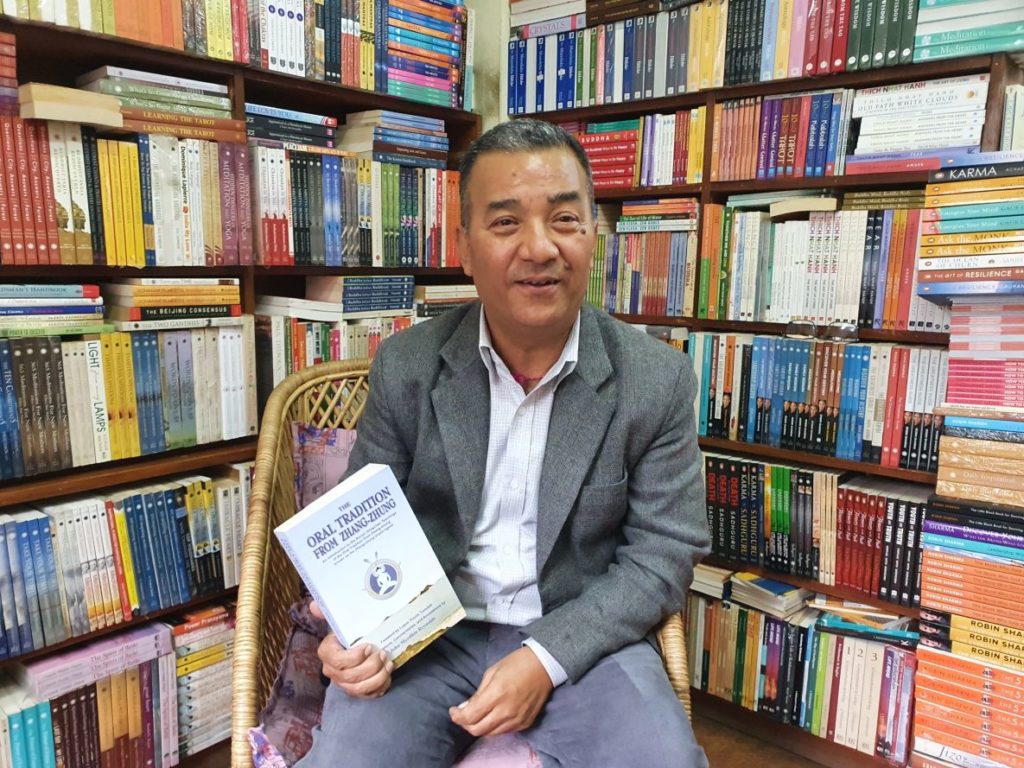
Your bookshop offers a wide variety of books. How long has it taken to build such a richness?
I have been in the book trade for almost thirty years. I was interested in Buddhism from the very beginning. When I opened my own bookstore, I pursued my way. I did what I wanted to do, publishing books about Buddhism, including research and related matters by anthropologists and sociologists.
How many books are at your bookstore, currently?
Around ten thousand.
When I was here in Kathmandu 2020, just before the pandemic started, I saw John Reynolds coming to your bookstore every day, making corrections, just before sending a book to print. What book was that one?
Yes, that’s right. I was sending a taxi to collect him every day. The book, The Cult and the Practice of the Bonpo Deity Walchen Gekhod, was published then, during the lockdown that followed soon thereafter.
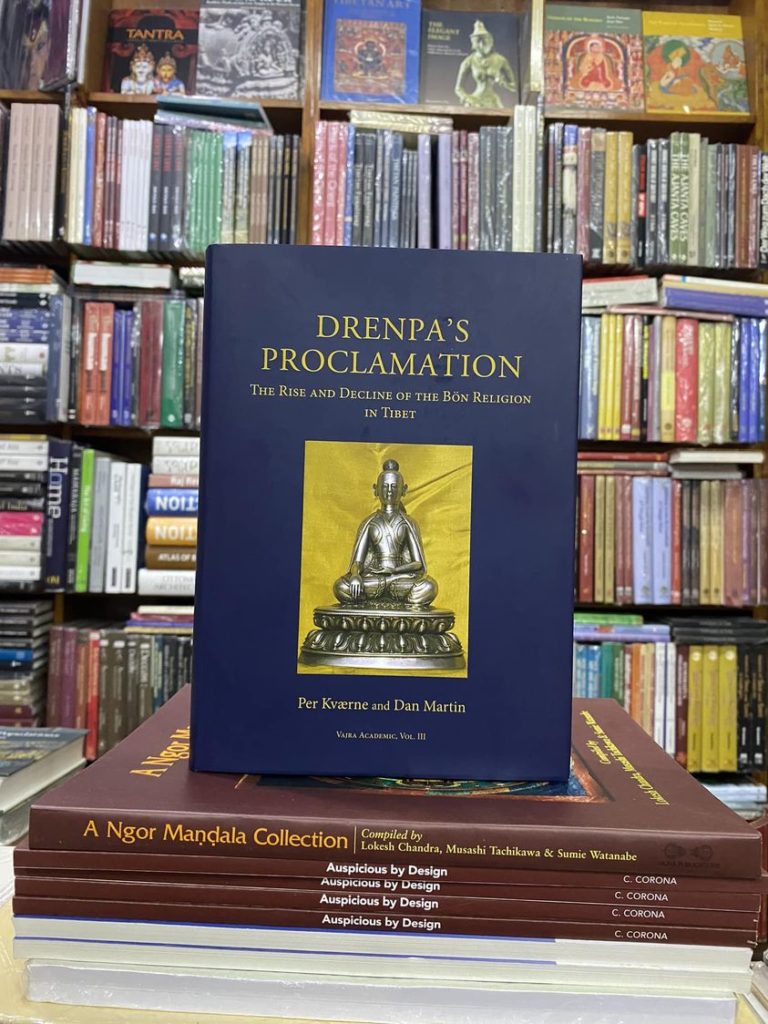
Drenpa’s Proclamation is here translated in its entirety for the first time. It contains unique insight into how Tibetans in the 12th century envisaged the religion of their ancestors, and a wealth of information about cosmological, mythological, and ritual topics.
2020-2021 must have been hard for you…
Lockdowns were devastating for me. The shop was closed but we kept our employees and, of course, we lost lots of money. But we continued our publishing activities – I worked from home – and we released a couple of books. One of them was the John Reynold´s book.
How many people are in your team?
We are five in the shop, in the publishing section we have five, so all together we are ten people. My son helps me at the shop, you may see him at the counter, and he is also one of the book designers.
Are you originally from Kathmandu?
Yes, I belong to the Newari community. Newars are the historical inhabitants of the Kathmandu Valley. They are known for their contributions to culture, art and literature, among other things. Traditionally, they were farmers but now many of them are in business. We are hard workers. Our language is different from Nepali, it is even from a different linguistic group, as it is one of the languages of the Sino-Tibetan family.
Have you traveled far, for your business?
Yes, I used to, but for the past three years, I have not. A few weeks ago, I traveled to New Delhi to attend a big book fair. It was my first trip in quite a long time. In 2019, I was in Paris for a conference, and I was planning to go to Prague last year, for a conference organized there. But I had a problem with my leg and could not go, at the end. Charles Ramble told me, jokingly: “You can stay home, we did the publicity for you!” (laughing).
Are your books sold in bookstores in Europe and the US?
Yes, we have good distribution channels. Now we are, among others, stocking our titles in the famous Watkins Books in London. In August, Dimitry Ermakov will present his book, Bo and Bon, there. It was published by us in 2008. We also sell in the Namse Bangdzo Bookstore in the US.
Also, I cooperate well with Garuda Verlag and its online bookstore located in Switzerland. Peter Eisenegger is a friend.
We were small for a long time, but now the time for growth has come; for Vajra Books and for Bon. There are now quite a few Bonpo geshes who write texts and come along to present them to us asking if we would publish them. And, as I said, there is an ever increasing interest in Bon both within the scientific community and by readers worldwide.
